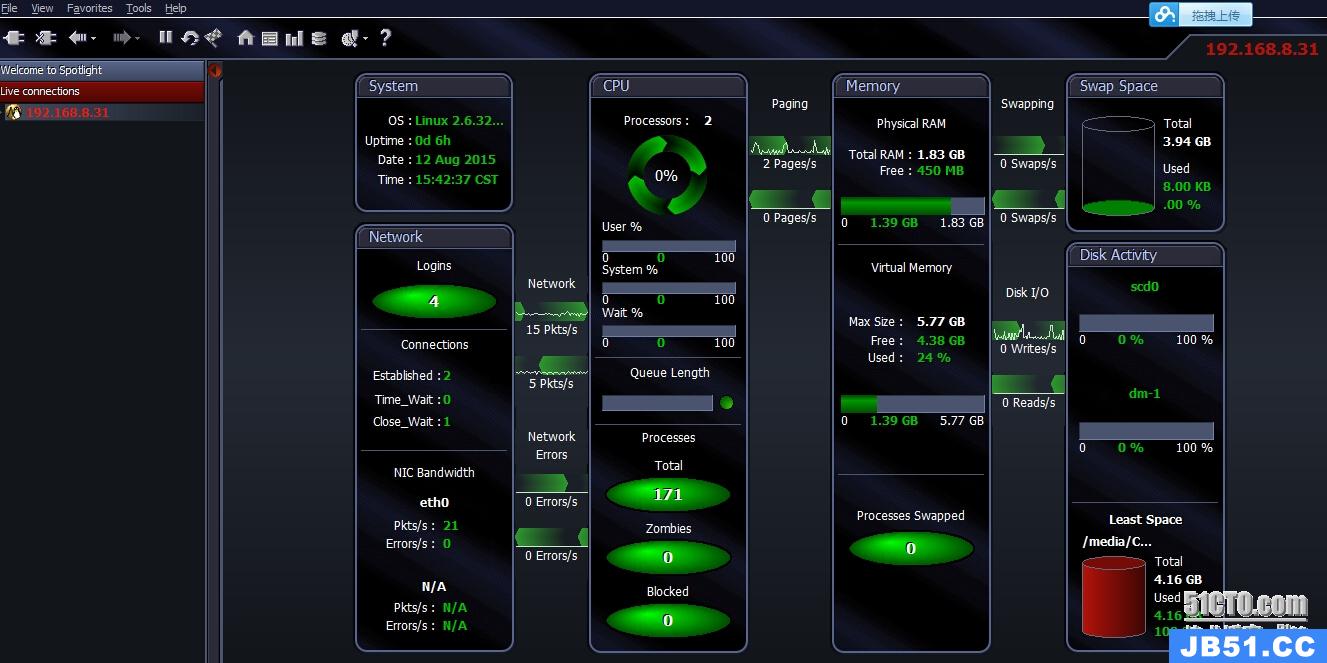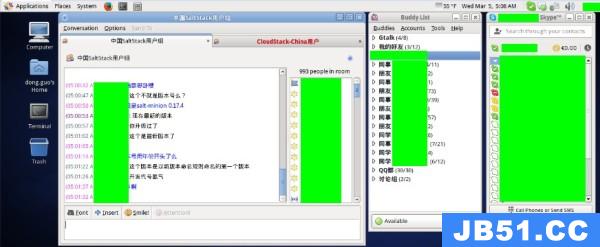Linux系统信息
[root@localhost ~]# cat /etc/redhat-release CentOS Linux release 7.3.1611 (Core) [root@localhost ~]# uname Linux [root@localhost ~]# uname -a Linux localhost.localdomain 3.10.0-514.el7.x86_64 #1 SMP Tue Nov 22 16:42:41 UTC 2016 x86_64 x86_64 x86_64 GNU/Linux
获取Mariadb包源
来自官网的包源https://downloads.mariadb.org/mariadb/repositories/
[root@localhost ~]# vim /etc/yum.repos.d/MariaDB.repo [mariadb] name = MariaDB baseurl = http://yum.mariadb.org/10.2.1/centos7-amd64/ gpgkey=https://yum.mariadb.org/RPM-GPG-KEY-MariaDB gpgcheck=1
安装
安装之前确保机器上面没有YUM安装的MysqL、Mariadb
[root@localhost ~]# rpm -qa | grep -i MysqL [root@localhost ~]# rpm -qa | grep -i mari [root@localhost ~]# yum remove $(rpm -qa | grep -i MysqL ) yum remove $(rpm -qa | grep -i mari ) yum install MariaDB-server MariaDB-client
启动Mariadb
查看自启动服务 chkconfig --list | grep -i MysqL/mariadb 删除服务 chkconfig --del MysqLd systemctl start MysqL.service systemctl enable MysqL.service
选用合适的配置文件
MariaDB会给我们提供示例配置文件,根据机器内存进行选择,稍作修改即可使用。
ls /usr/share/MysqL/my-* /usr/share/MysqL/my-huge.cnf /usr/share/MysqL/my-medium.cnf /usr/share/MysqL/my-innodb-heavy-4G.cnf /usr/share/MysqL/my-small.cnf /usr/share/MysqL/my-large.cnf 配置文件 cp /usr/share/MysqL/my-huge.cnf /etc/my.cnf cp: overwrite ‘/etc/my.cnf’? y
重载配置文件
systemctl reload MysqL.service
启动服务
service MysqL start
设置root密码
1.使用命令MysqL_secure_installation
运行 MysqL_secure_installation 设置root用户密码、去除test数据库、禁止root帐号远程访问等。推荐
MysqL_secure_installation NOTE: RUNNING ALL PARTS OF THIS SCRIPT IS RECOMMENDED FOR ALL MariaDB SERVERS IN PRODUCTION USE! PLEASE READ EACH STEP CAREFULLY! In order to log into MariaDB to secure it,we'll need the current password for the root user. If you've just installed MariaDB,and you haven't set the root password yet,the password will be blank,so you should just press enter here. Enter current password for root (enter for none): OK,successfully used password,moving on... Setting the root password ensures that nobody can log into the MariaDB root user without the proper authorisation. Set root password? [Y/n] y New password: Re-enter new password: Password updated successfully! Reloading privilege tables.. ... Success! By default,a MariaDB installation has an anonymous user,allowing anyone to log into MariaDB without having to have a user account created for them. This is intended only for testing,and to make the installation go a bit smoother. You should remove them before moving into a production environment. Remove anonymous users? [Y/n] y ... Success! normally,root should only be allowed to connect from 'localhost'. This ensures that someone cannot guess at the root password from the network. disallow root login remotely? [Y/n] y ... Success! By default,MariaDB comes with a database named 'test' that anyone can access. This is also intended only for testing,and should be removed before moving into a production environment. Remove test database and access to it? [Y/n] y - Dropping test database... ... Success! - Removing privileges on test database... ... Success! Reloading the privilege tables will ensure that all changes made so far will take effect immediately. Reload privilege tables Now? [Y/n] y ... Success! Cleaning up... All done! If you've completed all of the above steps,your MariaDB installation should Now be secure. Thanks for using MariaDB!
[root@localhost ~]# vim /etc/my.cnf # The following options will be passed to all MariaDB clients [client] #password = your_password port = 3306 socket = /tmp/MysqL.sock # Here follows entries for some specific programs # The MariaDB server [MysqLd] port = 3306 socket = /tmp/MysqL.sock



